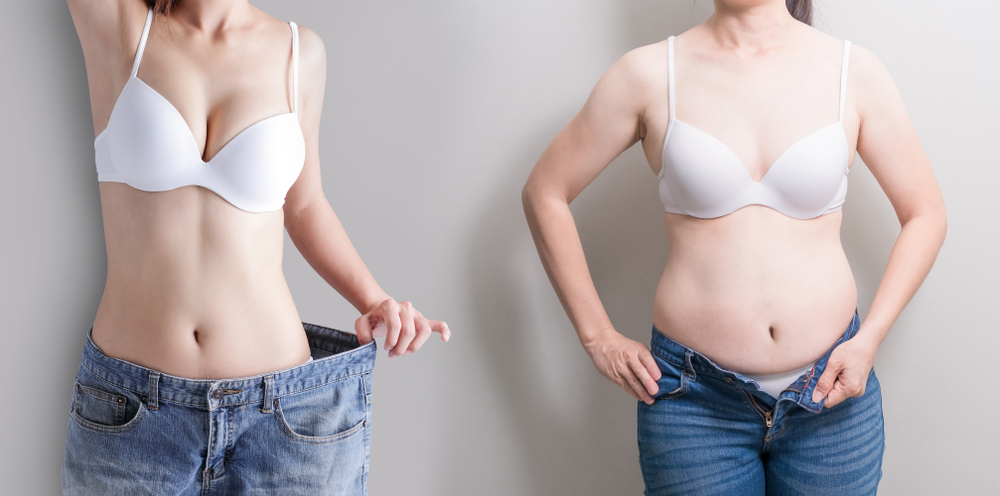The Ultimate Bra Fit Troubleshooting Guide
Considering the way that modern bras are sized, you could be forgiven for thinking that the correct fit is just a matter of knowing your band and cup size. However, these measurements are just two elements of many to consider when picking out the perfect bra for you. If you’ve ever tried on a bra and been disappointed with the fit, the following suggestions could ensure that the next one fits like it was made for you.
Problem area 1: the gore
The piece of fabric between the cups is called the gore, and it can be wider or narrower, depending on the bra style. Women naturally vary in the amount of space between their breasts. If they are close-set, a bra with a wide gore will feel uncomfortable and may even leave welts, while wider-set breasts in a bra with a narrower gore will result in some empty space or the feeling that the cups are not properly filled.
A good rule of thumb is to opt for wider gores if your breasts are on the smaller side. If you have larger breasts or a defined cleavage, look for a narrow gore. Women with larger busts should try to avoid the “floating gore” problem where the gore does not touch the sternum. This may look fine under clothing, but will not provide the best definition or support. A more defined fit can be achieved by sizing down in the band and up in the cup size until the gore lies flat and the cup contains the entire breast.
Problem area 2: the cups
If a cup size is too large, you’ll notice some empty space, or the cup fabric will pucker, wrinkle or collapse. Conversely, a too-small cup will result in breast tissue overflowing out the top and sides of the bra.
A different size is the solution, but be careful. Cup sizes are not absolute. For example, a 32C will fit breasts of the same volume as, say, a 30D. Instead of merely going up or down a cup size, try changing the band size, too. If a 32B fits too tightly in the cup, try a 30C, a 32C or even a 34A, as all of these “sister sizes” may fit, depending on your exact proportions and breast shape.
If your cups run over, so to speak, your problem may not be a small cup but a large band. If your breasts are more conical shaped and protrude forward, a bra can simultaneously feel both too small and too big. Opt for a softer, less structured cup or a bra with a wider gore.
Problem area 3: the straps and band
The correct bra should be snug enough that no more than two fingers can fit between the band and your skin. Notice any red welts after you take a bra off. Marks on the shoulders naturally indicate that the straps should be loosened. Marks around the breasts themselves may mean you need to size up or try a different style entirely. Balconettes, plunge bras and heavily wired bras are best for medium busts with a defined shape. Smaller breasts suit less structured, gently padded bralettes or bandeaus, and larger busts are most comfortable in full cup, wide band styles that give all-over support.
You’ll know you’ve found the correct fit when the silhouette of the cups seems to be a natural extension of your own shape, i.e. there are neither bulges nor empty spaces inside the cup. The right bra won’t leave marks on your skin and, while snug, is never uncomfortable. Finally, a good bra will smooth and shape your figure and make you feel confident and supported.

